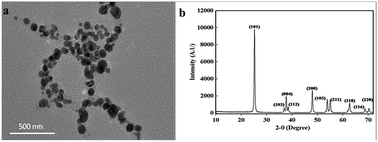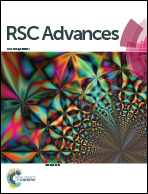Bacterial cellulose–TiO2 nanocomposites promote healing and tissue regeneration in burn mice model
Abstract
The development of novel cutaneous wound treatments particularly for burns is of paramount importance due to complex pathophysiology, prevalent infection and clinical complexities associated with burn care. The main focus of the current study was to investigate the in vivo burn wound healing potential of bacterial cellulose (BC) and titanium dioxide (TiO2) nanocomposites (BC–TiO2). The physicochemical characterization of BC–TiO2 was carried out using FE-SEM, XRD and FT-IR. The antimicrobial activity of the nanocomposite was tested against Escherichia coli and Staphylococcus aureus through agar disc diffusion protocol. The in vivo wound healing efficacy was evaluated in burn wound model through wound area measurement, percent contraction and histopathology. The characterization results confirmed the successful incorporation of TiO2 nanoparticles into BC. The nanocomposites exhibited 81 ± 0.4% and 83 ± 0% inhibition against E. coli and S. aureus, respectively. The composite bandage showed good healing pattern with 71 ± 2.41% wound contraction. Histopathological evidence like the formation of healthy granulation tissue and the re-epithelization indicated the healing progression in the composite treated group. In comparison, the BC treated group has partial epithelization and signs of inflammation. These results proved that the composite dressing possesses an excellent healing potential with faster re-epithelization rate and accelerated wound contraction ability and thus could be a candidate for the development of cutaneous wound care products to address the limitations of the conventional wound dressing for burns.



 Please wait while we load your content...
Please wait while we load your content...